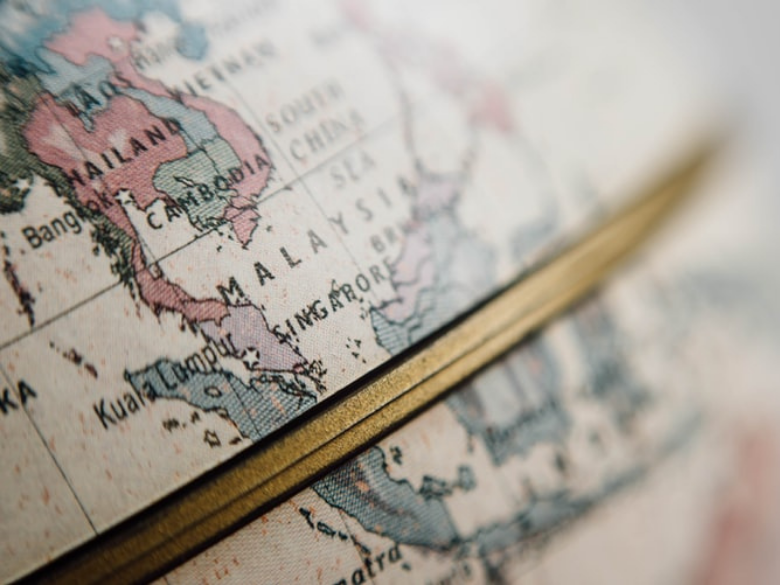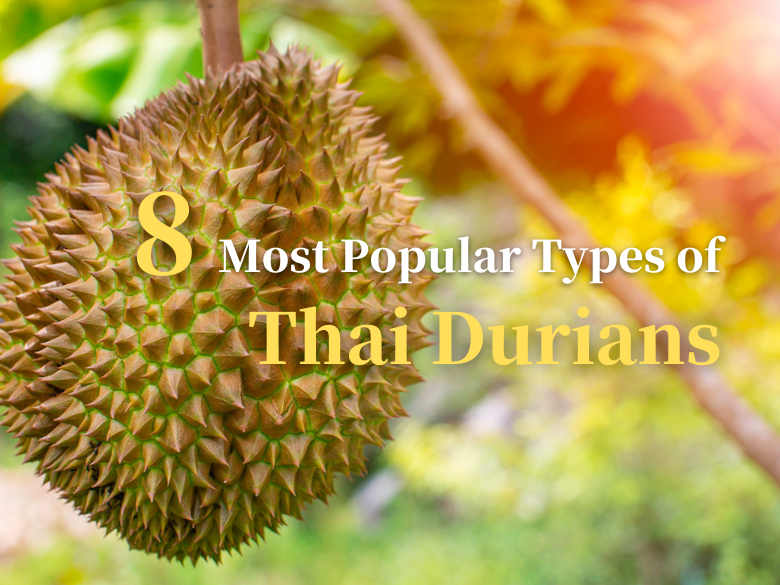Differences between Nihonshu, Awamori, and Shochu Explained
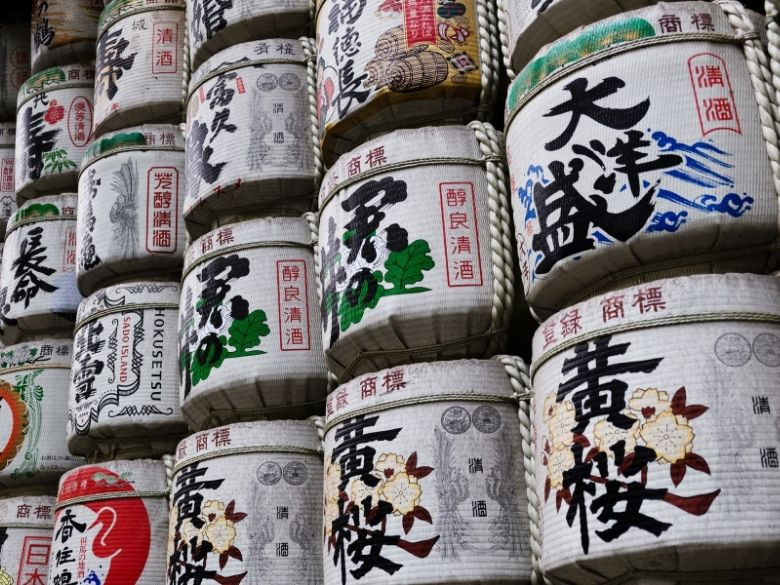
As you arrive in Japan, where drinking culture is quite popular, you will see izakaya everywhere and all types of sake. On your way home, you can't help but buy several bottles of good sake as souvenirs. However, nihonshu isn't the only national alcoholic drink of Japan! Shōchū and awamori are also internationally known as high-quality sake! So today World Gourmet Platform will introduce you to the differences between the three types of sake.
Sake/ Nihonshu (日本酒)
Many people might have thought that sake (酒) is a specific kind of Japanese rice wine, but in the Japanese language, “sake” de facto refers to all kinds of alcoholic drinks. The “sake” that we originally know is actually called “nihonshu (日本酒)” in Japanese, which is one of the most representative alcoholic drinks of Japan.
The average alcohol percentage of nihonshu is approximately 15%. Nihonshu is a fermented rice wine made from Japanese rice. Basically, fermented wine has a lower percentage of alcohol. And if fermented wine goes through the process of distillation, it will turn into liquor, which has a high percentage of alcohol. Shōchū and awamori, both of which are going to be introduced later, belong to liquor.
With pure Japanese rice as the main ingredient, nihonshu is not only suitable for drinking, but also for cooking. Nihonshu also has a wide range of serving temperatures. The flavor differs when served cold or hot. With its low percentage of alcohol and various degrees of rice fragrance, nihonshu is a nice choice for those who’d like to try sake for the first time!
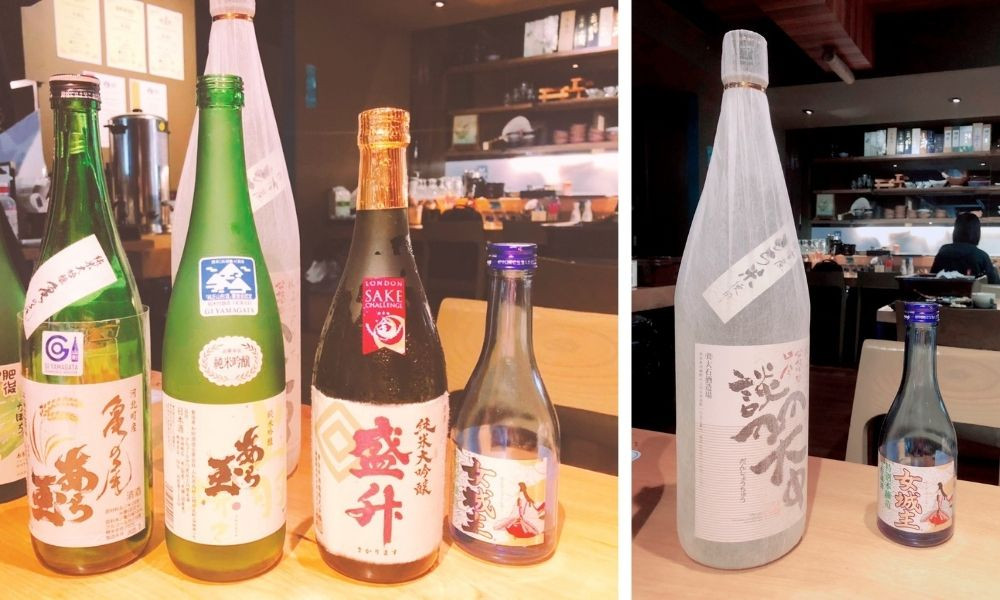
(Sake, Image / 初晴屋)
Shōchū (焼酎)
For those with years of experience in drinking, if nihonshu, which is less intense, is already unable to satisfy you, you can try shōchū, which has a stronger flavor! From its kanji “焼 (shō)” you can learn that shōchū tastes tingly; and “酎 (chū)” means that the rice wine was treated twice.
Shōchū belongs to liquor and is divided into korui shōchū (焼酎甲類) and otsurui shōchū (焼酎乙類). The former has lower than 36% of alcohol by volume after multiple times of distillation and dilution procedures; Otsurui shōchū has only gone through the distillation procedure once. After dilution, the percentage of alcohol is lower than 45%. Otsurui shōchū preserves a stronger flavor of ingredients compared to korui shōchū. The widely known “本格焼酎 (honkaku shōchū)” refers to otsurui shōchū.
Besides rice, any food that is high in starch can be an ingredient of shōchū. The common ingredients include barley, sweet potato, buckwheat, and so on. The main three shōchū regions, Kagoshima Prefecture, Iki Island in Nagasaki Prefecture, and Kuma in Kumamoto Prefecture are respectively known for imo- shōchū (芋焼酎), mugi-shōchū (麦焼酎), and kome-shōchū (米焼酎). One thing you need to notice is that “芋 (imo)” in Japanese doesn't refer to taro but sweet potato, so there’s nothing wrong if you can’t taste taro when drinking imo- shōchū.
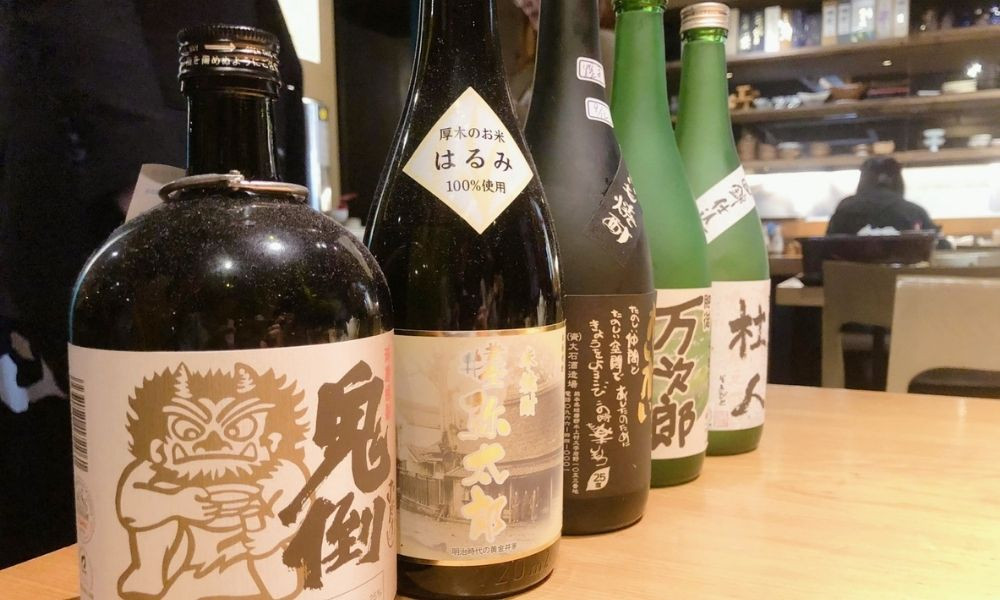
(Shōchū, Image / 初晴屋)
Awamori (泡盛)
Those who have been to Okinawa probably have heard of “Okinawa Awamori (沖縄泡盛)”. Awamori is a liquor specialized in Ryukyu and Okinawa; thus, in Ryukyu, awamori is called “shimazake (島酒; Rice Wine of Island)”, or shortened as “shima (島; Island)”. In Ryukyu, if locals ask if you drink “island”, they’re asking if you drink awamori. They’re not promoting weird products!
Awamori was introduced to Ryukyu from Thailand in the 15th century and is redeemed as the oldest liquor of Japan. Over 500 years, the fermentation method barely changes, which might be the main reason for Thai rice being used as the ingredient for awamori even now. Both awamori and shōchū belong to liquor. Their percentages of alcohol are almost the same. Before 1983, awamori was categorized as shōchū, but later was independent of this category due to different methods and origins.
The most impressive feature of awamori is that the longer it preserves, the more aged the ingredients will become, and the smoother the flavor will be. When awamori is aged for over 3 years, it is called “Kusu (古酒)”. And when Kusu is aged for 20, 30, or even hundreds of years, it will become more fragrant and mellow, which has been highly rated in the world!
Some Facts
Tōji (杜氏)
In the world of sake, the highest-ranked leader of sake brewers is called “Tōji (杜氏)”. Tōji is a key figure that determines the flavor of sake. Basically, a brewer has to be trained for decades to become a Tōji. Many breweries would put signatures of Tōji on the bottle of sake, showing that Tōji has approved their sake and is responsible for its quality. From this, we can see that Japanese professionals take pride in making sake of the highest quality.
Masu (枡)
When you visit an izakaya for drinking, you might see the shopkeeper using a little wooden box as a container. This little box is called “masu (枡)”. It was used as a tool for measurement in ancient Japan! During the Edo Period, sake merchants measured the volume of sake with masu. But later, masu is used as a container for drinking for convenience. In ancient times of Japan, only royals could afford sake; thus they would pour more than needed to show off their wealth. Even nowadays, izakaya shopkeepers overly pour sake to show their hospitality, so don’t be frightened if your cup is overflowed!
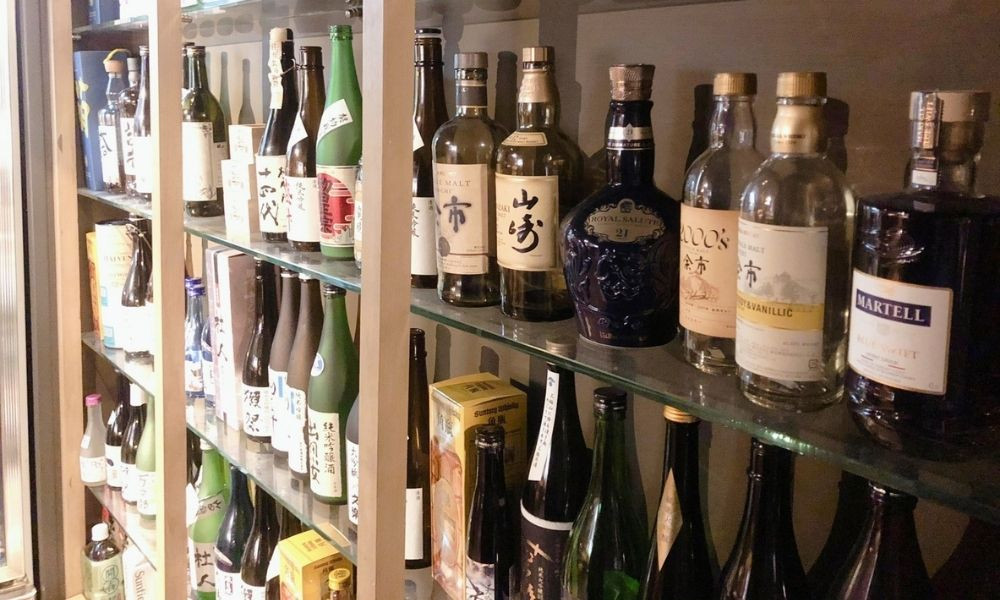
(Image / 初晴屋)
Now you have learned different types of Japanese national drinks. If you visit izakaya in Japan in the future, you will have more options besides beer and nihonshu. Don’t hesitate to try and find the type of sake that matches your taste!


